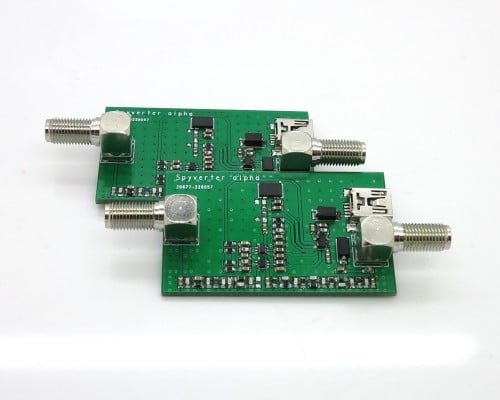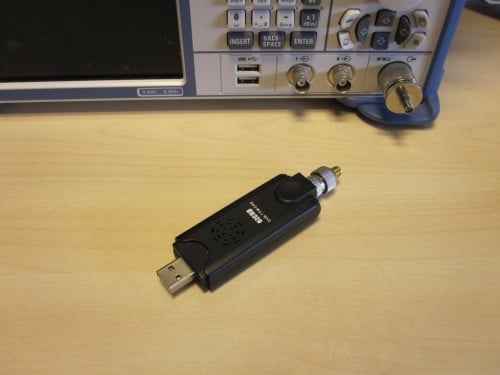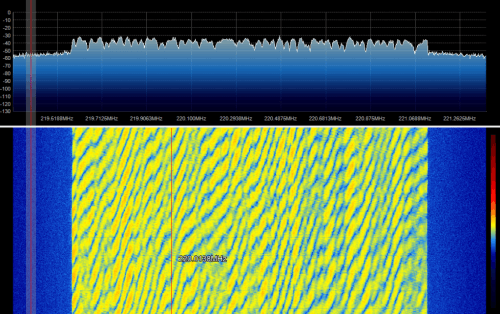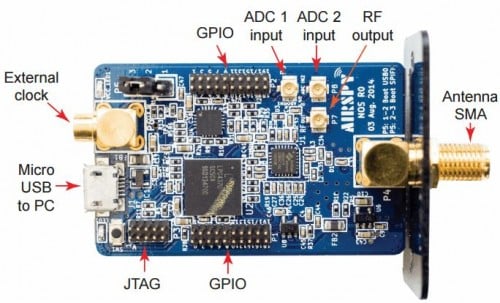New Web Based RTL-SDR Remote Control Software: YouSDR
Recently Kristian, a reader of our blog wrote in to let us know about a new software project he found that allows you to use your RTL-SDR remotely through a web interface. The web interface runs on Linux and uses mysql and the Apache server to work. Currently it can be used to access options for rtl_fm, rtl_tcp, dump1090 and can also be used to create an icecast audio stream.
The software can be downloaded from its Git at https://github.com/sixuniform/yousdr. The instructions on the GitHub page show how to set it up on a Raspberry Pi running Raspbian, but the instructions should also be valid for other Linux distributions. As the software is new the authors are welcoming any improvements and feedback.
Some similar web based RTL-SDR remote control software that you may be interested in includes WebRadio and rtl_fm_python.






